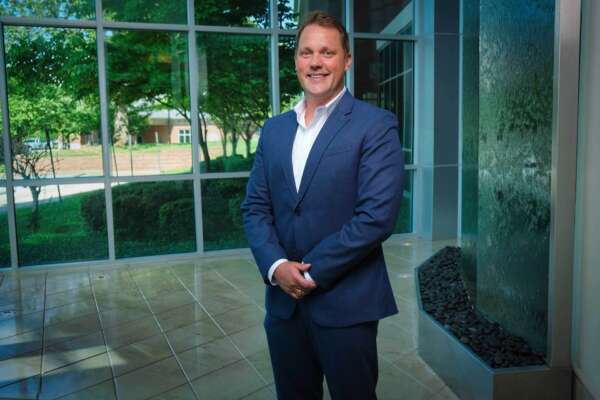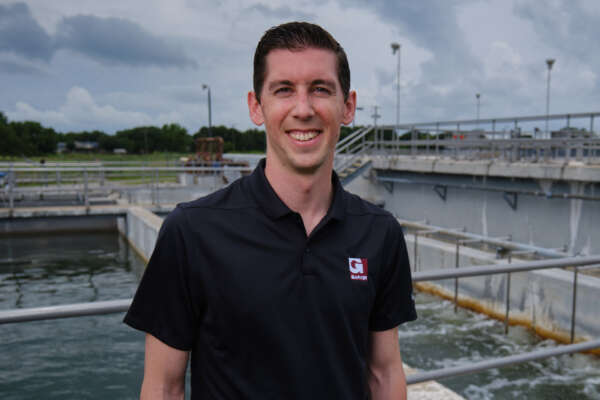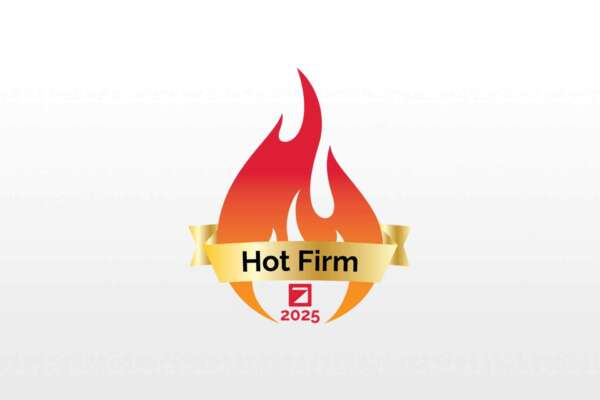Garver, Clemson University, Water Research Foundation, USEPA, water utilities partner on novel technique to reactivate PFAS-laden GAC
A Water Research Foundation (WRF) tailored collaboration project - Project #5275, Characterization and Pilot Testing of Microwave Reactivation for PFAS-laden Granular Activated Carbons - led by Clemson University, in partnership with United States Environmental Protection Agency (USEPA), Garver, and five water utilities, is advancing research with enormous potential for the reuse of PFAS-exhausted granular activated carbons (GAC).
GAC adsorption is expected to be the most widely used treatment technology for removing per- and polyfluoroalkyl substances (PFAS). During the treatment process, GAC is exhausted and must be replaced. That spent GAC can be reinvigorated through a reactivation process. As more water treatment plants adopt GAC systems to comply with the new PFAS regulation and to remove organic and inorganic materials, successful GAC reactivation becomes that much more important.
Currently, utilities can incinerate or dispose of PFAS-exhausted GACs in landfills or pursue chemical or thermal regeneration methods. None of these methods, however, offer the potential efficiency, cost-effectiveness, and sustainability of microwave (MW) reactivation technology.
Incineration, landfills, and chemical regeneration all present secondary contamination risks. Thermal regeneration does not present those same risks of secondary contamination, but it does result in carbon loss and alteration of GAC’s pore distribution, all of which reduces adsorption capacity of the reactivated carbon. Furthermore, in most cases utilities must transport the spent GAC to a regeneration facility, and this adds to operational costs.
Project #5275, started in September, 2024, will study MW reactivation of spent GAC samples from Cape Fear Public Utility Authority, Cobb County Marietta Water Authority, Dallas County Park Cities MUD, American Water, and Columbia Water SC at pilot-scale, and consider the impact of MW operating conditions such as MW power, heating rate, temperature, and more, along with any identified products of incomplete destruction created by the process. These utility partners have also made a financial contribution to the project, which completes in 2025, and furthers research begun in 2021 with WRF project #5103, Microwave Regeneration of PFAS-Exhausted Granular Activated Carbons.
Garver Drinking Water Practice Leader Zaid Chowdhury, PhD, PE, BCEE, remembered when that proposal for an unsolicited project, from the research group led by Dr. Tanju Karanfil of Clemson University, came before the WRF selection committee. “I, along with a lot of others on the committee, really liked that proposal,” Chowdhury said. “And the results, which Dr. Karanfil gave several presentations on, were very promising.”
The results were so promising, in fact, that Clemson University reached out to Chowdhury and Garver to participate in the tailored collaboration project #5275, to investigate the findings on a larger scale.
Project #5103 found that MW irradiation heats the spent GAC pores from the inside, meaning higher temperatures can be reached faster, which leads to faster treatment times and less energy use overall. “When you heat the carbon from the inside, you don’t waste heat energy,” Chowdhury said. “It needs to be fully proven out, but I think this process will generate a lot less waste than thermal reactivation, which moves and breaks up the carbon, leading to carbon loss.”
In addition to increasing efficiency, MW irradiation was found to preserve GAC pore structure and performance. And the MW regeneration process would be easier for utilities to develop on-site. Some utilities, such as the Cincinnati Water Treatment Plant, reactivate spent GAC on-site using thermal regeneration, but this option is expensive and only feasible for large plants.
Chowdhury sees this increased efficiency as the most promising potential benefit for utilities. “There are 6,000 to 10,000 GAC systems in the country for PFAS removal, and all of them produce spent carbon,” he said. “If you can save even 25% of the energy for reactivation, that’s a significant reduction of the carbon footprint. Whether a utility is able to have this regeneration done on-site or has it done at a commercial facility, the return of more GAC and reduction in energy needed to get that GAC would be the primary, and very valuable, benefit of microwave regeneration.”








Share this article